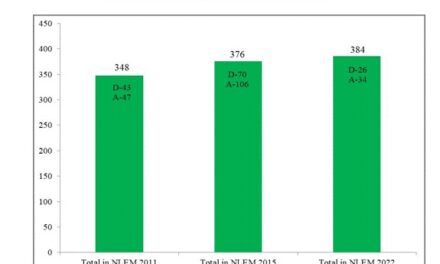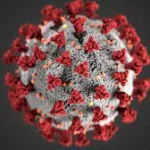A groundbreaking study by researchers at the Weizmann Institute of Science has revealed that not all cardiac scars are the same. The study, published in Cell Systems, identifies two distinct types of scarring—termed “hot” and “cold” fibrosis—that form in injured heart tissue. This discovery challenges traditional views of cardiac scarring and could lead to new, more effective treatments for heart disease and fibrosis in other organs.
A Mathematical Approach to Healing
The research originated from an unexpected collaboration between Prof. Eldad Tzahor, an expert in heart regeneration, and Prof. Uri Alon, a specialist in mathematical modeling. Alon’s model classified cardiac scars based on the presence of two key cell types: fibroblasts, which generate structural scaffolding, and immune cells known as macrophages. This simple yet innovative classification system intrigued Tzahor, prompting the duo to apply it to heart tissue research.
The Heart’s Dual Scarring Mechanism
The heart, a crucial organ that functions as a pump, is incapable of regenerating muscle cells after a heart attack. Instead, it forms scar tissue, which while essential for immediate repair, can later interfere with heart function, potentially leading to chronic heart failure.
The researchers found that chronic heart injuries result in “hot” fibrosis, characterized by an abundance of both myofibroblasts and macrophages, while acute injuries such as heart attacks lead to “cold” fibrosis, consisting primarily of myofibroblasts with minimal immune cell presence. The team confirmed these findings through experiments on genetically modified mice and analysis of human heart tissue samples.
Targeting the Root Cause of Fibrosis
To better understand cold fibrosis, the researchers identified a key molecular player: the TIMP-1 protein. Previously known for other biological functions, TIMP-1 was found to drive the self-sustaining cycle of myofibroblast proliferation and fibrosis. Blocking TIMP-1 in mice led to smaller scar formation after a heart attack, suggesting that targeting this protein could help reduce scarring and improve heart function.
“We’ve shown that TIMP-1 is a potential therapeutic target, but further research is needed to identify other key molecules involved in cardiac fibrosis,” said lead researcher Shoval Miyara.
A New Era for Cardiac and Fibrosis Research
The implications of this study extend beyond the heart. The researchers believe that hot and cold fibrosis classifications may apply to other organs, including the lungs, kidneys, and liver, as well as diseases such as cancer and stroke.
“This research could revolutionize drug development for fibrosis-related diseases by highlighting the need for tailored treatments,” said Prof. Tzahor. “Rather than treating all scars the same way, we must recognize that different biological mechanisms are at play.”
Prof. Alon expressed his excitement about the study’s broader impact, stating, “This collaboration has opened new doors for integrating mathematical models with biological research. Future studies could determine whether the hot and cold fibrosis framework applies to scarring in other tissues.”
Disclaimer
This article is based on scientific research and is intended for informational purposes only. It does not constitute medical advice. Individuals should consult healthcare professionals for diagnosis and treatment of heart disease or related conditions.











